Remixing Prince: Chris James on his Purple Rain Atmos Mix
The SDE interview
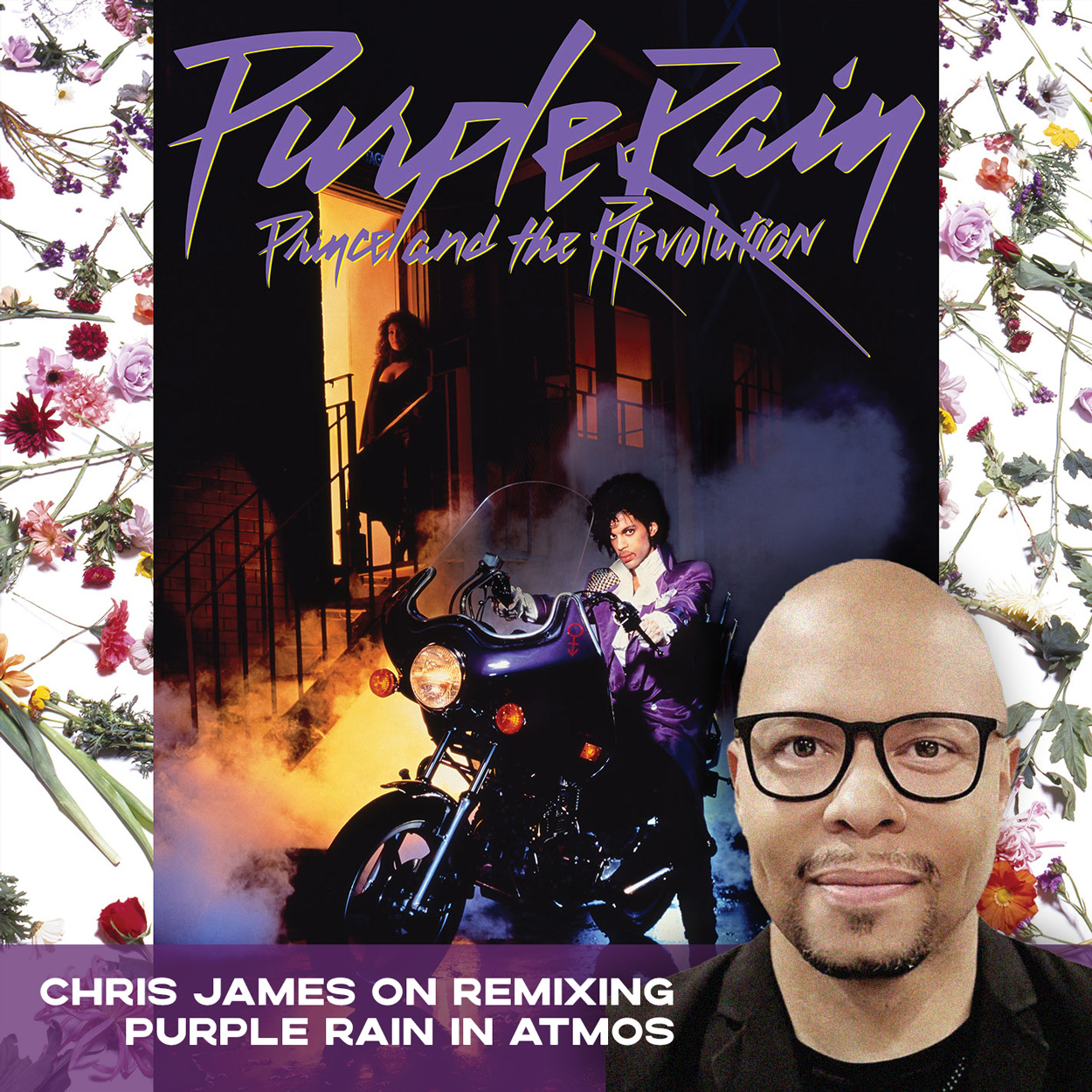
In 2015, Chris James worked with Prince, as an engineer, on what would be his last studio album, HitnRun Phase Two. A decade on and James has now completed his second Dolby Atmos Mix for one of Prince’s album, namely Purple Rain. With a physical blu-ray audio now available to buy, SDE sat down with Chris to discuss the process of transforming the 1984 classic into an immersive listening experience.
SDE: I know you worked with Prince towards the end of his life. How did that come about, and how have you ended up continuing to work with his catalogue?
Chris James: I have no idea. It’s just crazy; I was a huge fan growing up. I learned how to write songs, then started recording those songs and then spent most of my life trying to sound like Prince records. A friend of mine, who was another engineer, heard those recordings and said he could really hear the Prince influence on my sound. Fast-forward, that same engineer ended up working across the hall from Prince at the Record Plant, and ended up doing Andy Allo’s record with him, one of his proteges. Shortly after those mixes were completed, Prince wanted him to come back to Paisley Park to record, and he wasn’t available, so he threw my name in the hat, and a week later, I was in Paisley Park.
Wow, that must have been an incredible experience?
Yes, it was quite nerve wracking. It’s not like anything else you’ve ever experienced in your life. Everything about it was just different.
Was it as challenging as it often sounds, working with someone with Prince’s disposition?
Absolutely. Kind of genius, I guess, to hire somebody who’s been influenced so heavily by you, because they understand your language, but also, when you piss them off, they respect you enough to take the abuse a little more than they probably would with other artists.
Obviously, you were working with him on new music at the time, and Prince famously wasn’t someone who was particularly interested in looking back. Did you ever have discussions about his back catalogue or anything along those lines?
Not really. I would ask questions, of course, because I was curious, and very early on, he’s like, “Well, what is this, a Rolling Stone interview?” He kind of put me in my place. When it was the time and he was willing to share, I would, of course, absorb everything I could. But the closest I ever got to his back catalogue is when he needed fresh tape and there wasn’t any to be found in the building. So the process of finding what to record over became the issue. Can you imagine putting a tape on the reel and he’s telling you to erase it? I’m like, I don’t know if I should do that. What if something’s great on it?
I’m surprised he would want to do that. But maybe that’s the thing about Prince, he wasn’t predictable
No, you could do one thing one day, and then the next day I’d do the exact same thing, and it would be wrong, so that kept you on your toes.
It goes without saying, that it’s so sad that he’s not around to be involved in some of these projects. But you’re obviously involved, now. How did you go from working with Prince on new music and then, all these years later, being trusted with the crown jewels of some of his output from the 80s and 90s?
I can’t really explain it. Obviously, relationships matter. Politics matter. Skills matter, obviously, or you wouldn’t have been in the seat in the first place. I think I’ve just been fortunate enough for the synergy to have happened this way. It wouldn’t have been my desire to record the man’s last music [the HitnRun Phase Two album, released Jan 2016] and then to be Grammy nominated for it just put an emphasis on the work. I kept in touch with many of the musicians and people that were involved with Paisley Park, and then, I guess, after doing that, a little piece is given to you. You’re trusted with it and then they give you another piece. And then they’re like, “Okay, this works. Let’s continue on”.
And who are you working for?
At the end of the day, the Estate makes all the calls… that’s a two-sided thing between Prince Legacy and Primary Wave. On certain projects, it’s Warner, that’s the label solely, and then other projects, it’s Sony and Warner that are the label [laughs], so you’re dealing with a lot of cooks.
What’s your approach to creating a Dolby Atmos mix, an immersive audio mix, of an album, like Purple Rain, that everyone knows so well, in stereo?
Typically, I spend a lot of time with the stereo. I try to find the best version, in my opinion, of the stereo, because there’s been many remasters and releases, and I just spend a lot of time on headphones with that. I make my notes about panning – I think that’s important to retain – and the depth, in terms of what’s in front, what’s behind… and I just make my notes of things that would be cool in Atmos, like if you hear auto-panning in stereo, that’s an obvious example where they were trying to do something psycho-acoustic and that’s a great thing to exploit. I’ll also get a copy of the best vinyl and just spend time with my hi-fi speakers and just absorb it and take it all in. Luckily, I did the Fleetwood Mac catalogue before this, so my nerves are a little more settled in terms of dealing with something of this magnitude. But I think it’s very important to retain as much of the original as possible. But you do have [to consider] the condition of the tracks that are given to you. It’s not just this pristine thing that’s pulled off a shelf, put on the machine, and it sounds exactly like 1984 stereo release. It’s just not the case.
Could you talk a little bit about the process of transferring the multi-tracks and stem creation and the like? Do you get involved in that?
[Laughs] There is no one else to create stems! There’s the staff with Iron Mountain Entertainment Services, which is where the vault is stored. I’ve had several conversations with engineers from there, and from my understanding, they had previously used Avid 192 converters, and they would basically bake the tapes and transfer them using those. Since then, they’ve upgraded to Prisms, which are a higher end converter, and it absolutely makes a difference, based on everything that I’ve heard.
So does that mean the tapes may have been transferred a few times as capture technology improved?
I don’t think Purple Rain was re-transfer. Because it was from 2018, so I believe that the 192 files I received were previously already transferred on this particular project.
Was everything there that you needed or was anything missing?
For the most part, yes. In many cases, it sounds like there was some kind of drum enhancement going on in the mix and when I pulled the kick and snares up, it didn’t exactly sound like the stereo, and that became a chase, but the for the most part, things were there.
On this point, when these transfers are done, often, all the various reverb and effects that exist on the record just are not there on the multi-track. So, I guess one of your key challenges is recreating some of that stuff to match it with the original. Tell us a little bit about that.
So, when I initially got the multi-tracks, I spent about a day just gawking over how amazing it is and how everything’s separated and you’re hearing it so loud and isolated. And after I got over that, then I dig into using plug-ins to replicate placeholders for reverbs and delays and stuff. And then once I get it to a place where I’m like, “okay, this sounds like the record”, I’m checking to make sure where mutes and edits need to happen – because you also have to understand that if a song’s originally 18 minutes long and then the cut down is four, then I’ve got to go and figure out where they sliced and used the different portions of the arrangement. But once I have what I consider to be my stereo recreation, in this case, I went to Sunset Sound [studios] and transferred the 192 through the console, through outboard into another rig to 48k, because Atmos is much easier to deal with at that sample rate. So it was during that process that I discovered how much of the sound of this record is in Sunset’s [echo] chambers. As an example, when you just lay the kick drum from ‘When Doves Cry’ into the chamber, it automatically just sounds like the record. It’s like “whoa!”. IK Multimedia has a nice plugin, an emulation of it, but there’s nothing like the real room.
So, you were basically recreating the sounds of the original, the echo and the reverb, by playing it back in the room where it was recorded?
Absolutely! With the same gear… If you put Prince and the Revolution on top, the next two [most important] things for Purple Rain would be First Avenue [Minneapolis nightclub, where 3 tracks were recorded live] and Sunset Sound. They have a huge impression on the overall sound of that record.
And at this point, in Sunset Sound recreating the drum sound, you haven’t really got anywhere near the point of what people think of as Dolby Atmos mixing, which is moving sounds around in a three-dimensional space. The number of different skills needed to deliver such a project is quite significant, isn’t it?
Yes, and on this particular record, what you just said, is further magnified because there’s the movie, which is to picture, and then there’s the album that’s just in your mind. And while my Atmos mixes did not make it to the film itself, we did go through the process of doing a specific mix for the film on a dub stage first, so you’re panning things to what matches on screen, and you’re using the live audience in a way that worked and interacted with the film. And then I went back and did the whole album version.
So, by the end of it, you must have known this album inside out?
Absolutely!
Prince would record a song and then, I think, part of his process was he’d take things out; he’d sort of strip it down to its bare essentials, if you like. The ‘missing’ bass on ‘When Doves Cry’ is the most famous example of that. There’s no bass on that record, but there is a bass on the multi-track, right? So, you must have had a lot of fun kind of hearing stuff that no one’s ever heard because he decided not to put it in the final record?
I listened down maybe once or twice, but then I don’t want to get it in my head. A situation where you then hear it, even if it’s not there. But in that case, it was an Oberheim synth bass that was doing, like 16th notes, and it reminded me of Eurythmics which, ironically, was the hit at the beginning of that year, [Chris is likely referring to ‘Here Comes The Rain Again’] so that would make sense… why muted it.
So, talking in general terms, do you think he made the right decisions most of the time?
How can you argue with it? Yeah, of course he did. Part of you, as a musician, you want him to play and show his chops to the world and then there’s his pop ear for radio, where you have to simplify things. But as an engineer, you want things to be all pristine and sound good. But that wasn’t [always] the gig, you know. It was attitude and vibe. And so, you have to put that aside and accept that he has intention with everything that he did.
I was listening to Purple Rain, and I was hearing things I don’t remember ever hearing that before. I’ll give you an example, the little Spanish guitar flourishes at the beginning of ‘Take Me With You’. I put the stereo on, and it is there, of course, but it’s buried in the layers. But to my ears, that’s now more prominent, because, almost by definition, by putting things like that in the surround channels, you’re drawing attention to them. How do you deal with that? Is it just the art of the delicate balancing of levels and trying to just get the overall shape of the sound, correct?
Yes, and part of that is how it down-mixes. And as you know, there’s the dreaded binaural stereo mix. And then there’s the dreaded Apple-coded mix [for Apple Music]. And then there’s also what happens in the room on your speakers – one mix has to service all three of those. It’s a very daunting thing to do. But to answer your question about the acoustics, I would say in that particular case, they were probably brightened and because they’re isolated, you do hear them louder.
What did you the centre speaker is another thing I have a lot of conversations with engineers about. Some people don’t really use the centre channel at all, some like using the lead vocal in it, others spread the vocals across the front three channels. What was your thinking, in terms of how you use that centre channel with vocals.
So, in this case, for the film version, I very much used it, because you’re in a theatre, and that’s the dialog at that point. For the album version, I tend to use more phantom centre, because it’s, it’s easier for the Apple encoder, because a lot of times when you put something in the centre channel on Apple, it gets a lot louder, and it’s kind of isolated, so I figured most people are going to hear this in that format, so it’s just one less thing to have to stress over. And we’ve heard phantom centre since stereo existed.
Did you have to resort to using any AI to pull things out of stereo mixes because you might not have had it on the multi-track?
Yeah, there was a handful of those… I’m trying to think of examples…. There was some stuff on ‘The Beautiful Ones’… it’s usually one little thing. I had a conversation with Bobby Z once, and he told me that they were overdubbing toms at Bernie Grundman’s mastering studio one day, which in effect, means it only exists on the stereo master and never even existed on the multi. And it just goes to show you, in Prince’s mind, it’s never too late till it’s too late, and mastering is pretty much the very, very last thing before it goes to consumer. So, the fact that he was creating all the way up till that moment kind of tells you that, it ain’t all on the multi-track!
You did the Atmos of ‘Diamonds and Pearls’ as well, which is obviously a ’90s record, and recorded differently, I imagine, to ‘Purple Rain’. Did you adapt your approach for one when compared to the other?
Well, ‘Diamonds and Pearls’ would have been an SSL-based record, so everything’s a lot more compressed and processed, gated and a lot more channels. The track count was incredible. The song ‘Thunder’ was on seven reels, which is over 160 tracks. And even then, with that song, one reel would have one arrangement, one reel would have another arrangement. And if they did sync up, you’d have to edit one reel to match the other. It was just a big puzzle that took several weeks to even just do that one song. On Purple Rain, everything was on a single reel, unless it was something like the song ‘Purple Rain’, where they did the strings. Wendy’s intro and, I think, one vocal was overdubbed, and everything else was on a single reel, so it made it a lot easier to deal with.
How long, how long did the project take you, in the end? If we break it down into two bits, which is all the rebuilding and piecing the audio puzzles together and the second phase two which is creating the Dolby Atmos mix?
Well, I booked Sunset [Sound studios] for January 1, and I believe the film was in the can by April. So, from April until probably, I guess, about a month before the release, [on streaming in June 2024] was the nine songs for the album.
So, you were working on it for three or four months, basically?
Well, with the film, there were the extra songs from The Time and Apollonia and the score… so there was a lot more, leading up to those nine songs.
What happened to your Atmos mix for the film? Why didn’t they use it in the end?
That’s a complicated answer, but basically, the movie studio was dealing with The Estate, and The Estate was dealing with the movie studio, and they could not come to terms before the deadlines. You do what you can on your end and leave it up to them to do all that. And as disappointing as it is, it’s life.
None of Prince’s music was ever released commercially for surround sound, in his lifetime. I asked you earlier whether you ever had any little chats about his back catalogue. Did he ever express any interest in 5.1 Surround Sound?
I personally don’t think he would have had the patience [for Atmos]. Because honestly, there’s so much to deal with on the headphone side and with stereo you can basically turn anything in, if it’s not clipping, and even you can clip, and it still gets through. With Dolby, there’s no console to push, there’s no tape to overload… It’s very frustrating when you’re trying to recreate a Prince recording in the format, if, if that stuff’s not already baked into your sources. I think he would absolutely hate it. He would love the concept of having a bigger palette of space to put things in, but the process of mixing, how he liked to clip consoles and tape, you know, that would be very frustrating for him on this,
He never struck me as an audiophile, someone that was interested in everything being pristine.
Yeah. For lack of a better word, most of his recordings are demos. Most people record demos and then go to the studio and do the real version, whereas most of what he is creating is the demo, so there isn’t that separated process. And you know, for the most part, he would much rather, probably record more songs than spend time mixing something that’s already exists.
On Purple Rain was there one song where it was either challenging and problematic or perhaps one particular song where you got a lot of satisfaction because you just thought it just worked perfectly?
To me, the less dense tracks, turned out really good, like ‘Darling Nikki’ only has 11 tracks of audio on the reel. It’s a singular mono microphone on the entire drum kit. So, it was kind of cool to take that singular mic, put it in a speaker, and re-mic the room at Sunset so that it felt native. And even though you’re adding more channels for spatial cues, it’s done in a natural way, so the less tracks you have, the more opportunities you have to exploit something like that. And The Beautiful Ones is another example where that’s only 14 tracks, but in the end, it just sounds like this massive, massive thing.
So, if most of if most of the tracks were one reel, does that mean 24 tracks, maximum?
Yes, pretty much 24, and there would be a time code track on 24. In most cases, it was less than 22 or less.
When you finished the mix, what was the approval process? How much backwards and forwards was there?
Well, generally, once the mix is done, I’ll go listen to it, at least outside my room somewhere, just to get a different set of speakers, a different brand, a different resonance of acoustics, all that type of stuff. It goes to mastering. In this case, we used Michael Romanowski to master this one, and then we kind of go back and forth. Mastering for Atmos is a strange little beast, because it’s not just like a two-track that you then just process through. You still have a multi-track for mastering.
Not everyone does mastering for Atmos. I know with Steven Wilson, sometimes he doesn’t like his stuff to be mastered, saying it doesn’t need it.
I can understand that approach, I certainly can. But to me, I feel like, if the stereo mix was mastered, then why shouldn’t the Atmos be mastered? It’s not a loudness spec that we’re going for or anything like that, it’s more of the idea of this song has bottom end, this song lacks bottom end, this song has treble, bright things etc. and it’s just having someone do a once over to just sort of push those things back into a playlist, in the traditional mastering sense. So that’s one of the main reasons, not to mention it’s really good for somebody with my mindset – that grew up loving such a record, and then getting to work on it, and then being so close to it – getting someone else’s zoomed out view of it. When it gets back from mastering, that’s when we forward it to the powers that be that put their final ears on it, and Charles Spicer Jr [Prince’s former business advisor, now co-manager of Prince Legacy] is one of the ones at the Estate that listens to them.
It sounds like, from what you were saying – going to the Sunset Sound studio and recreating reverbs etc. that you got a decent budget?
Absolutely. I do my initial passes with plug-ins, and probably with any other artist that would be what ended up being the final mix, but in this case, it’s such a historically significant album, I think it’s worth the effort. That Sunset chamber is just it was imperative for this record.
What’s next for you, specifically, in terms of Atmos? Even if it’s not Prince, have you got other projects that you’re going to be working on soon?
Yes, there are vault-based Prince projects coming. There’s also a bunch of indie musicians that I’m working with. It’s kind of fascinating that they put the effort into this [doing Atmos] but it gets them on a new playlist that they normally wouldn’t be on. And I’m also working on some instrumental stuff myself. That’s a blast. It’s like creating from the ground up in this format is special.
Thanks to Chris James who was talking to Paul Sinclair for SDE. You can buy the Purple Rain blu-ray audio with the Atmos Mix at the SDE shop (with exclusive slipcase) using this link or the button below.
Tracklisting
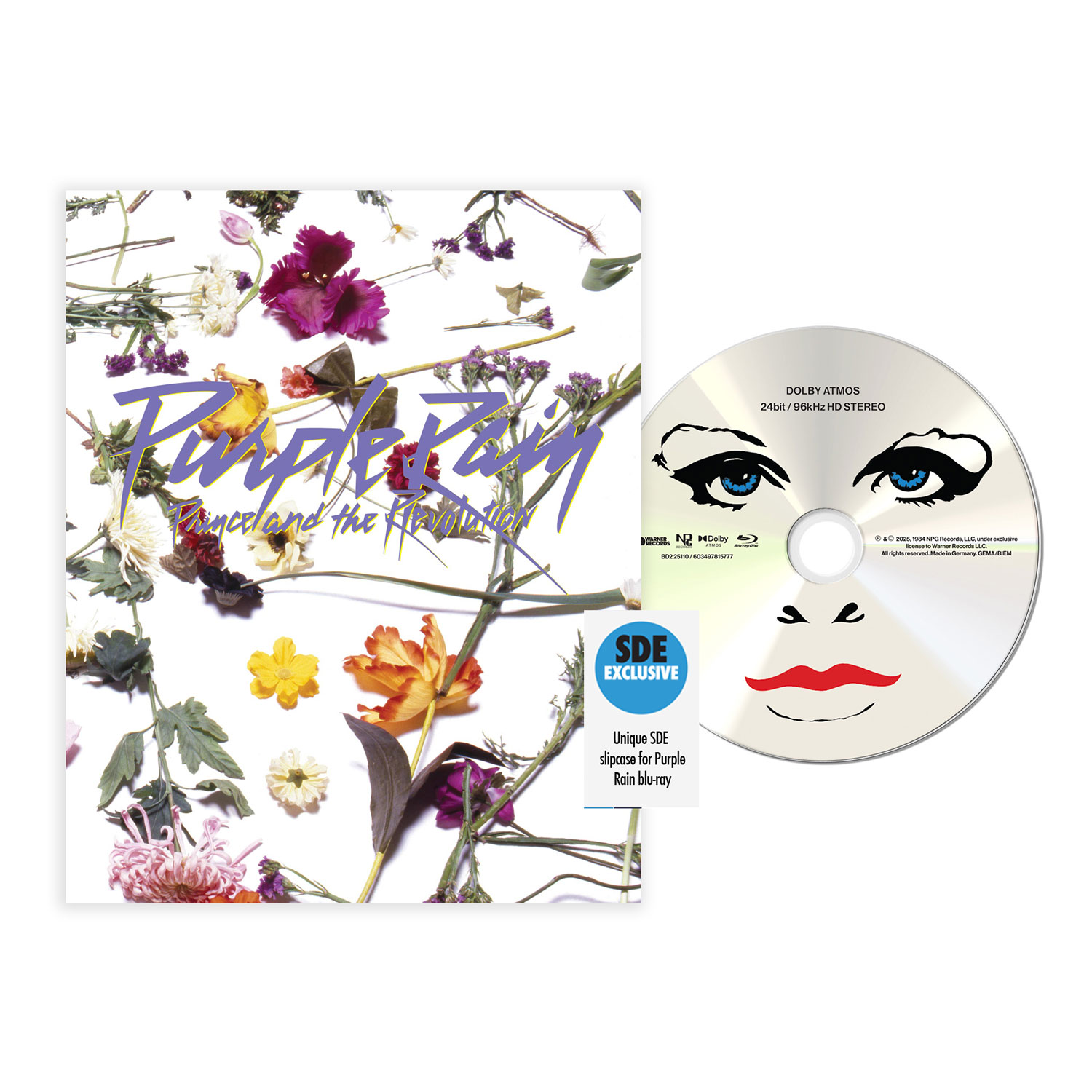
Purple Rain Prince and the Revolution / Blu-ray Audio
-
-
Blu-ray audio features Purple Rain in Dolby Atmos and 96/24 stereo mix
- Let’s Go Crazy
- Take Me With U
- The Beautiful Ones
- Computer Blue
- Darling Nikki
- When Doves Cry
- I Would Die 4 U
- Baby I’m A Star
- Purple Rain
-
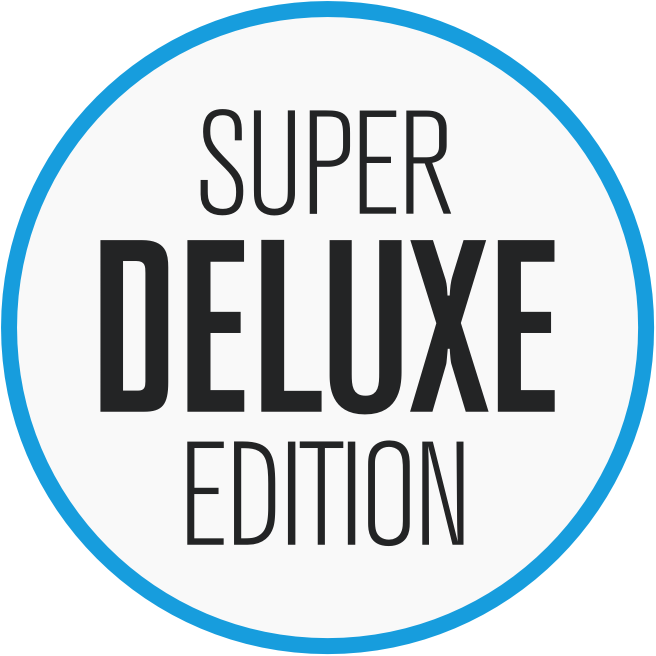
 Interview
Interview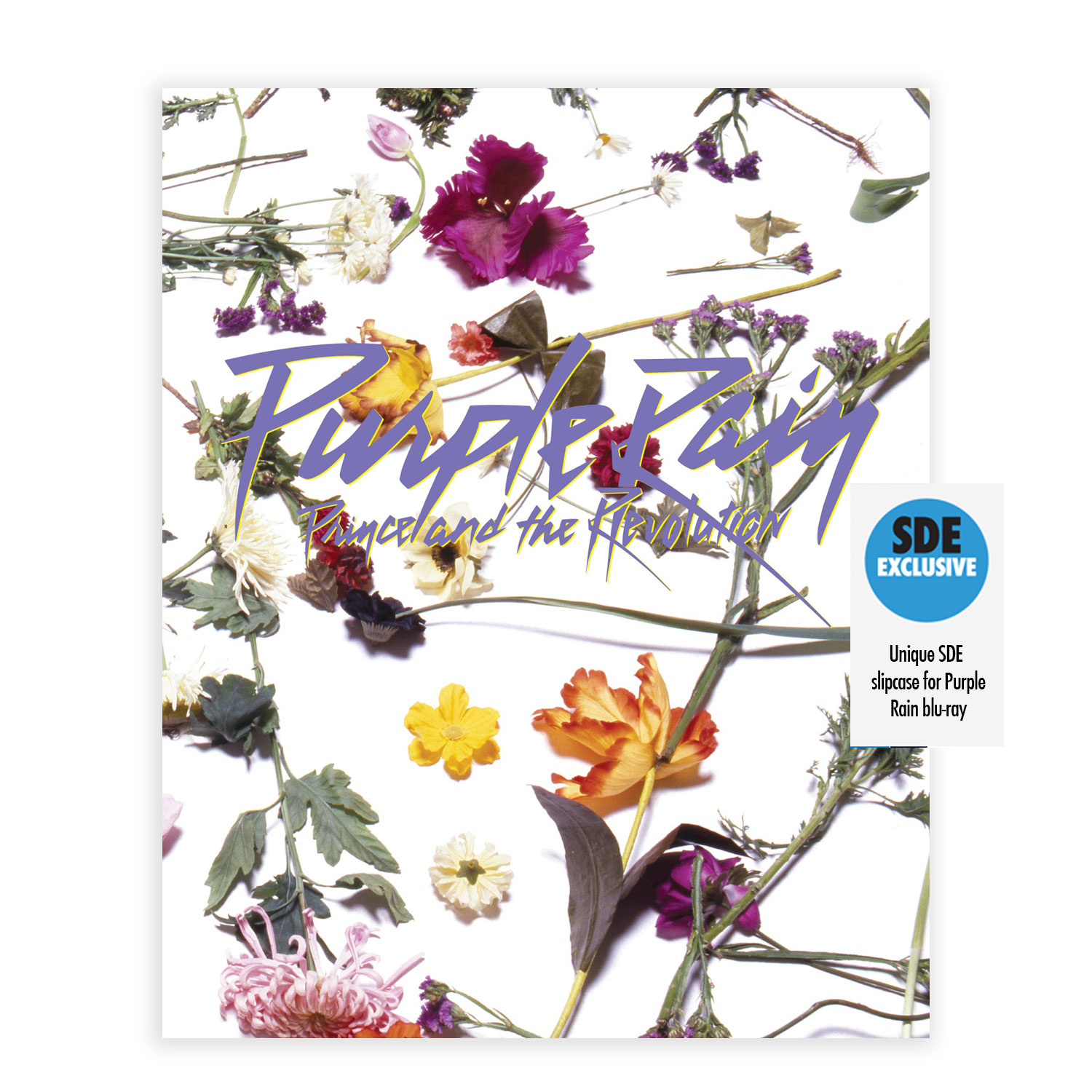
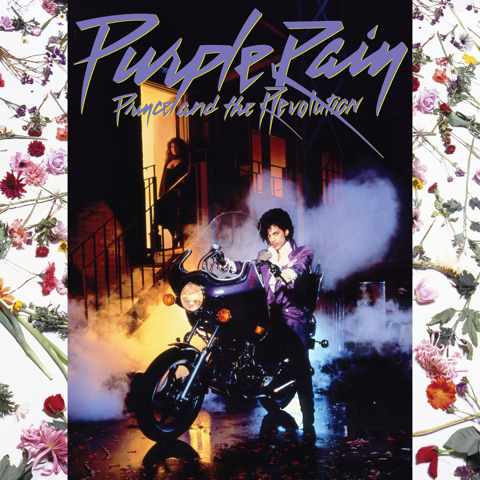
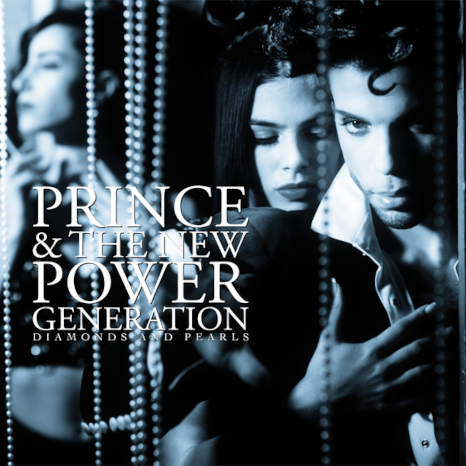
 Reviews
Reviews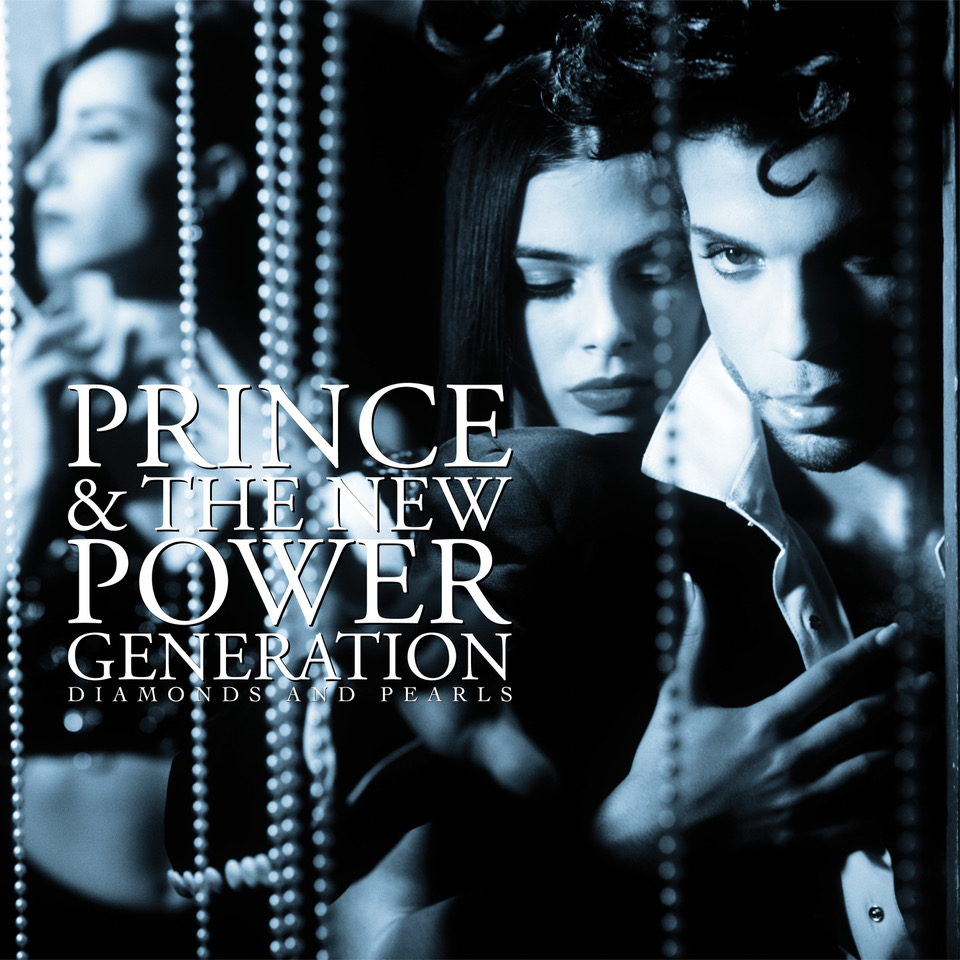
By Paul Sinclair
18